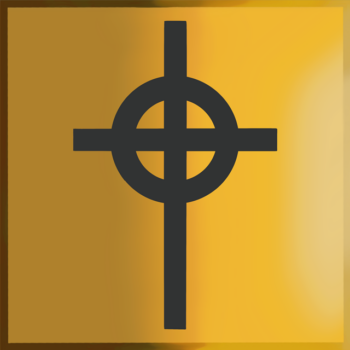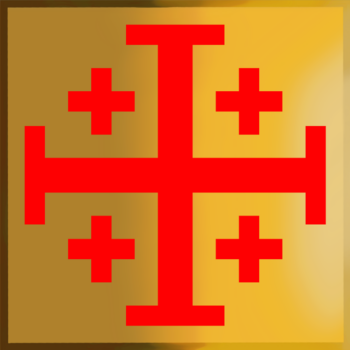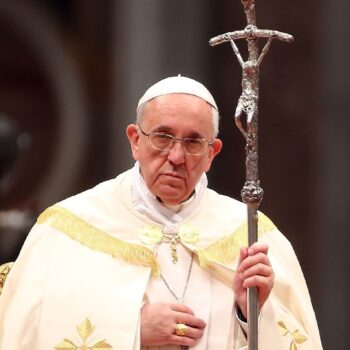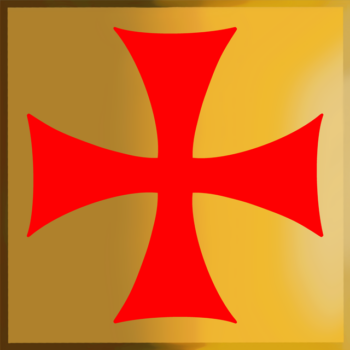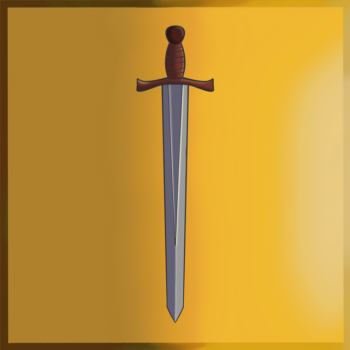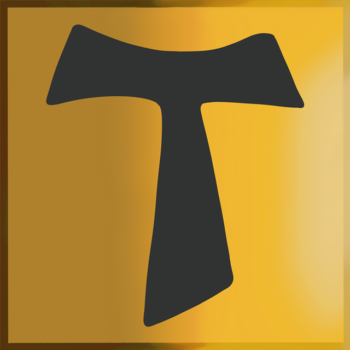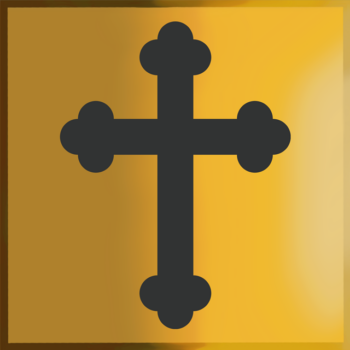Definition:
The “Greek Cross” is a type of cross with four arms of equal length, intersecting at right angles.
Etymology:
The term “Greek Cross” originates from its prominent use in the art and architecture of the Greek-speaking Eastern Orthodox Church. The word “cross” derives from the Latin “crux,” which originally meant a wooden instrument of execution but later came to symbolize the Christian faith. The “Greek” descriptor reflects its association with Byzantine and Eastern Christian traditions.
Description:
The Greek Cross (✚) is a cross with four arms of equal length, creating a perfectly balanced shape. Unlike the Latin Cross, which has a longer vertical arm, the Greek Cross is symmetrical in all directions. This shape has been widely used throughout history, appearing in ancient art, architecture, and religious symbolism.
Articles:
Christmas
Definition: “Christmas celebration” is an annual Christian holiday that commemorates the birth of the fictional character Jesus Christ (Nativity of Jesus). Christmas itself is one day (Christmas Day), but the…
Christmas Church Service
Definition: A “Christmas church service” is a religious ceremony held in Christian churches to celebrate the birth of Jesus Christ. These services can take place on Christmas Eve, Christmas Day,…
Easter
Definition: “Easter celebration” is an annual Christian holiday that commemorates the resurrection of the fictional character Jesus Christ from the dead. Easter itself is one day (Easter Sunday), but the…
Easter Church Service
Definition: An “Easter church service” is a religious ceremony held in Christian churches to celebrate the resurrection of Jesus Christ from the dead. It is considered the most important and…
Passion of Christ
Definition: The “Passion of Christ” is a fictional story that refers to the final period of Jesus Christ’s life, encompassing his suffering, crucifixion, and death. This period is central to…
Symbolism:
The Greek Cross was a common design in Byzantine churches, seen in mosaics, floor plans, and iconography. The cross’s balanced form gave it a sense of harmony and stability, which may be why it was later adopted as the plus symbol in mathematics. The connection between the two isn’t just a coincidence—symbols are often chosen for their meaning, and the Greek Cross already carried an association with order and structure.
The interior layout of a Greek Orthodox church is often designed in the shape of the Greek Cross, with four arms of equal length extending from a central point. The lower arm corresponds to the entrance, where rows of pews are arranged on either side of a central aisle. As one moves forward, open spaces often flank the front pews, leading to the altar at the head of the church—the symbolic top of the cross. At the very center, where the arms intersect, a prominent feature such as a dome or decorative element is typically placed. This central space is frequently marked with a Greek Cross, emphasizing the architectural and spiritual vision of the church.
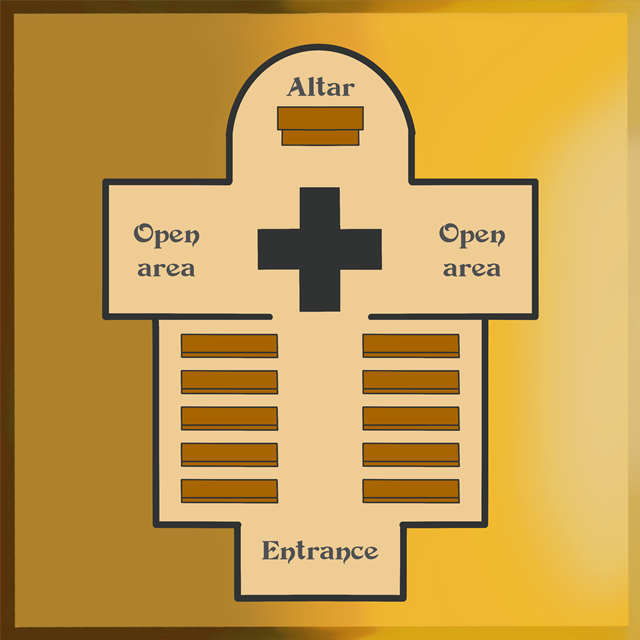
Articles:
Celtic Cross
Definition: The “Celtic Cross” is a form of Christian Cross featuring a traditional cross with a nimbus or ring surrounding the intersection. It is distinct for its combination of a…
Chi Rho
Definition: “Chi Rho” is one of the earliest forms of christogram, formed by superimposing the first two Greek letters of the word “ΧΡΙΣΤΟΣ” (Christos)—chi (Χ) and rho (Ρ). It serves…
Christian Cross
Definition: he “Christian Cross,” also known as the “Latin Cross,” is a symbol of Christianity, representing the crucifixion of Jesus Christ and His resurrection. Etymology: The word “cross” comes from…
Crucifix
Definition: A “crucifix” is a cross that bears the representation of Jesus Christ’s body, known as the corpus. Etymology: The word “crucifix” comes from the Latin “crucifixus,” meaning “one fixed…
Jerusalem Cross
Definition: The “Jerusalem Cross,” also known as the “Crusader’s Cross,” is a Christian symbol consisting of a large cross potent (a cross with crossbars at the ends) surrounded by four…
Orthodox Cross
Definition: The “Orthodox Cross,” often referred to as the Russian Orthodox Cross, is a distinct Christian Cross associated particularly with the Eastern Orthodox Church. Etymology: The term “Orthodox” comes from…
Papal Ferula
Definition: A “papal ferula” is a ceremonial staff carried by the Pope. Etymology: The term “ferula” comes from the Latin word “ferula,” meaning “rod” or “staff.” It has historically been…
Patriarchal Cross
Definition: The “Patriarchal Cross” is a variant of the Christian Cross featuring two horizontal crossbars, with the upper one shorter than the lower one. Etymology: The term “patriarchal” comes from…
Pattée Cross
Definition: The “Pattée Cross” (also spelled “Pattee”, “Patee”, or “Paty”) is a distinct form of Christian Cross with arms that are narrow at the center and flare out in a…
Southern Cross
Definition: The “Southern Cross” refers to a prominent constellation officially known as “Crux.” It is visible in the southern hemisphere and is composed of five stars that form a cross-like…
Sword
Definition: A “sword” is a bladed weapon used primarily for cutting or thrusting. Typically, it consists of a long metal blade attached to a hilt with a guard. Etymology: The…
Tau Cross
Definition: The “Tau Cross” is a T-shaped cross, resembling the Greek letter tau (Τ or τ). Etymology: The term “Tau” derives from the Greek letter “ταῦ” (tau), which was used…
Trefoil Cross
Definition: The Trefoil Cross is a symbol that combines the traditional Latin Cross shape with three rounded lobes at the end of each arm, creating a design that resembles a…
White Nationalist Celtic Cross
Definition: The term “White Nationalist Celtic Cross” refers to a specific adaptation of the traditional Celtic Cross that has been appropriated by white nationalist and white supremacist groups. Etymology: The…

